August in Zone 5 can often be a challenging time for gardeners, as the peak of summer brings scorching temperatures and arid conditions. However, there is no need to let your garden wilt under the summer sun. With careful planning and selection, you can enjoy an array of stunning perennials that bloom during this challenging period, infusing your landscape with color and life. Let’s explore some vibrant perennials that flourish in Zone 5 gardens, bringing joy and beauty to your outdoor spaces.
August Blooming Perennials for Sun
- Black-eyed Susan (Rudbeckia fulgida): Black-eyed Susan is a classic late-summer perennial that can thrive in Zone 5. With its cheerful yellow petals and dark centers, these daisy-like blooms attract butterflies and bees, adding movement and activity to your garden.
- Coneflowers (Echinacea): Coneflowers are another popular choice for August blooms. These tough and drought-tolerant perennials come in various colors, such as pink, purple, and white, and create a striking visual impact when planted in masses.
- Russian Sage (Perovskia atriplicifolia): The airy lavender-blue spikes of Russian Sage add a touch of elegance to any garden. This perennial is not only beautiful but also highly aromatic, filling the air with a pleasant scent.
- Helenium (Helenium autumnale): Also known as sneezeweed, Helenium’s bright and bold hues of red, orange, and yellow bring a fiery display to the late summer garden. The name “sneezeweed” is misleading as this perennial does not cause allergies but rather serves as a valuable late-season nectar source for pollinators.
- Joe Pye Weed (Eutrochium purpureum): A native to North America, Joe Pye Weed is a tall, majestic perennial with attractive purplish-pink flower clusters. Not only is it a visual delight, but it also attracts butterflies and other pollinators to your garden.
- Sedum (Sedum spp.): Sedums are hardy and low-maintenance perennials that come in various shapes and sizes. Their succulent foliage and clusters of star-shaped flowers in shades of pink, red, and white are a treat for the eyes.
- Turtlehead (Chelone lyonii): This unique perennial bears flowers that resemble the head of a turtle, hence its name. With its late-blooming pink or white flowers, Turtlehead adds a touch of whimsy and charm to the late summer garden.
- Japanese Anemone (Anemone x hybrida): Japanese Anemones are graceful and delicate perennials that produce charming pink or white flowers on tall stems. They thrive in partial shade and bring an ethereal quality to any garden.
- Mexican Sunflower (Tithonia rotundifolia): If you’re looking for a burst of vibrant color in August, the Mexican Sunflower is an excellent choice. Its bright orange or red blooms resemble miniature sunflowers and are sure to catch the eye of anyone passing by.
- Cardinal Flower (Lobelia cardinalis): This native perennial is a showstopper with its striking red blooms and tall spikes. Hummingbirds are especially fond of the Cardinal Flower, making it a delightful addition to any wildlife-friendly garden.

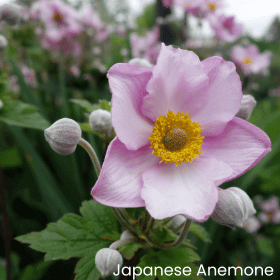
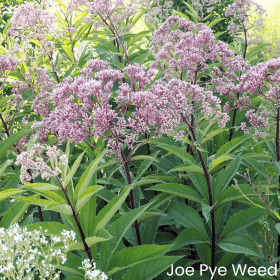
When planning your August garden in Zone 5, it’s essential to consider the specific growing conditions of your area, including soil type, sun exposure, and moisture levels. Properly caring for these perennials, especially during the hot summer days, will ensure they thrive and continue to bring joy and beauty to your garden for years to come. With a thoughtful selection of these hardy and vibrant perennials, you can transform your garden into a dazzling oasis even during the hottest days of summer.
August can also be a challenging time for shade gardens in Zone 5, as the intense summer heat and limited sunlight can make it difficult for many plants to thrive. With careful selection and attention to the specific needs of shade-loving perennials, you can create a stunning and vibrant shade garden that comes to life in late summer.
August Blooming Perennials for Shade
- Hostas (Hosta spp.): Hostas are classic shade-loving perennials known for their attractive foliage and elegant blooms. While they are primarily appreciated for their leaves, many hosta varieties produce tall spikes of lavender, white, or pale pink flowers in August, adding a touch of grace and beauty to the shade garden.
- Astilbes (Astilbe spp.): With their feathery plumes in shades of pink, red, purple, and white, Astilbes are excellent choices for adding texture and color to shady spots. These perennials prefer moist soil and are ideal for planting in areas that receive morning sun and afternoon shade.
- Hellebores (Helleborus spp.): Hellebores, also known as Lenten Roses, are early blooming shade perennials that often extend their blooms into August. These delicate and nodding flowers come in various colors, including white, pink, purple, and green, and they provide a lovely contrast to the lush greenery of the shade garden.
- Japanese Anemone (Anemone x hybrida): As mentioned earlier, Japanese Anemones are versatile perennials that can thrive in both sunny and shady locations. In the shade garden, they will bloom a bit later in August, adding a touch of elegance with their pink or white flowers.
- Toad Lilies (Tricyrtis spp.): Toad Lilies are unique and charming perennials that bloom in late summer and early fall. Their small, intricate flowers have beautiful speckled patterns and come in various shades of purple, pink, and white.
- Bugbane (Cimicifuga racemosa): Bugbane, also known as Actaea, is a tall and dramatic perennial that produces long, spiky white flower clusters in late summer. Its blooms provide a stunning focal point in the shade garden and also attract pollinators.
- Turtlehead (Chelone lyonii): As mentioned earlier, Turtlehead is a shade-loving perennial that produces delightful pink or white flowers that resemble the head of a turtle. It brings a touch of whimsy and color to the late summer shade garden.
- Foamflower (Tiarella spp.): Foamflowers are low-growing perennials that thrive in the dappled shade of Zone 5 gardens. Their delicate and frothy blooms in shades of white and pink create a soft and ethereal ambiance in the shade garden.
- Ligularia (Ligularia spp.): Ligularias are striking perennials with large, bold leaves and tall spikes of yellow or orange daisy-like flowers. They prefer consistently moist soil and partial to full shade, making them well-suited for shady areas in Zone 5 gardens.
- Bleeding Heart (Dicentra spectabilis): While Bleeding Hearts are more commonly associated with spring bloomers, they can sometimes produce a second flush of flowers in late summer, especially in cooler climates like Zone 5. Their heart-shaped pink or white flowers add a touch of romance to the shade garden.

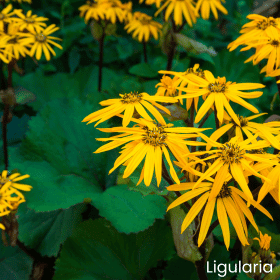
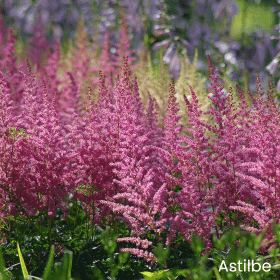
When planning your shade garden for August bloomers in Zone 5, remember to provide adequate moisture and choose plants that can thrive in low light conditions. Proper mulching and regular watering will help keep the soil cool and moist during the hot summer days. Additionally, if you’re looking to plant perennials that are native to Ontario, many of these varieties also do well in shady situations.
Perennials Native to Ontario
- Common Milkweed (Asclepias syriaca)
- Butterfly Milkweed (Asclepias tuberosa)
- Purple Coneflower (Echinacea purpurea)
- Black-Eyed Susan (Rudbeckia hirta)
- Wild Bergamot (Monarda fistulosa)
- Cardinal Flower (Lobelia cardinalis)
- Joe-Pye Weed (Eutrochium maculatum)
- Eastern Purple Coneflower (Echinacea purpurea)
- Swamp Milkweed (Asclepias incarnata)
- New England Aster (Symphyotrichum novae-angliae)
- Culver’s Root (Veronicastrum virginicum)
- Eastern Blazing Star (Liatris scariosa)
- Great Blue Lobelia (Lobelia siphilitica)
- Black Cohosh (Actaea racemosa)
- Wild Columbine (Aquilegia canadensis)
- Canada Lily (Lilium canadense)
- Wild Lupine (Lupinus perennis)
- Sneezeweed (Helenium autumnale)
- Showy Tick Trefoil (Desmodium canadense)
- Purple Bergamot (Monarda media)
These native plants not only add beauty to your garden but also provide valuable resources for local wildlife, including pollinators like bees and butterflies. As with any gardening endeavor, it’s essential to consider the specific conditions of your garden and choose plants that will thrive in your particular location. Enjoy the process and appreciate the rewards that garening brings!


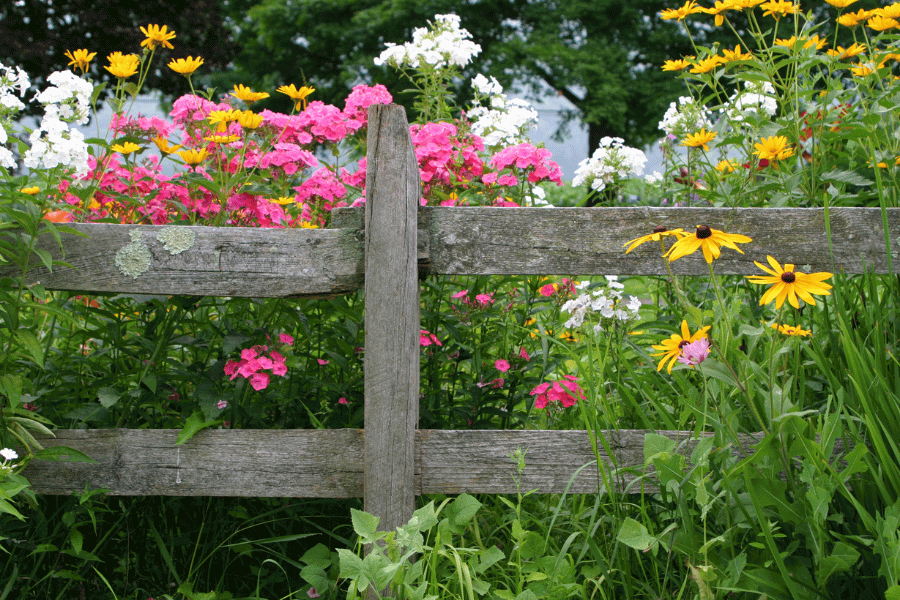
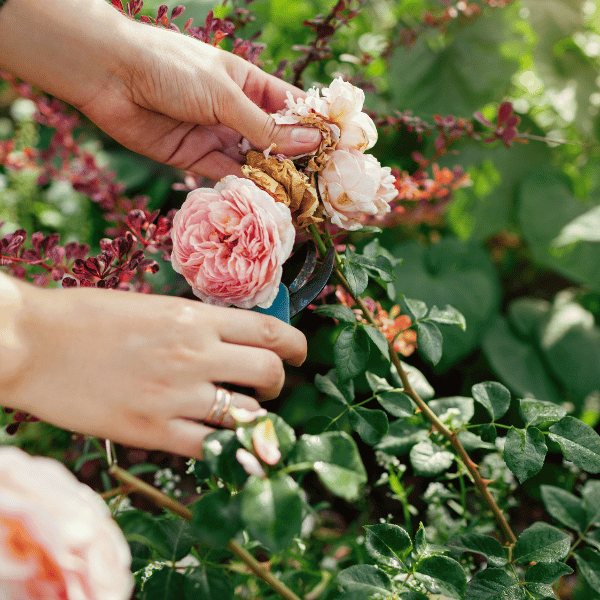 infections, ensuring that your plants remain healthy and disease-free.
infections, ensuring that your plants remain healthy and disease-free.

